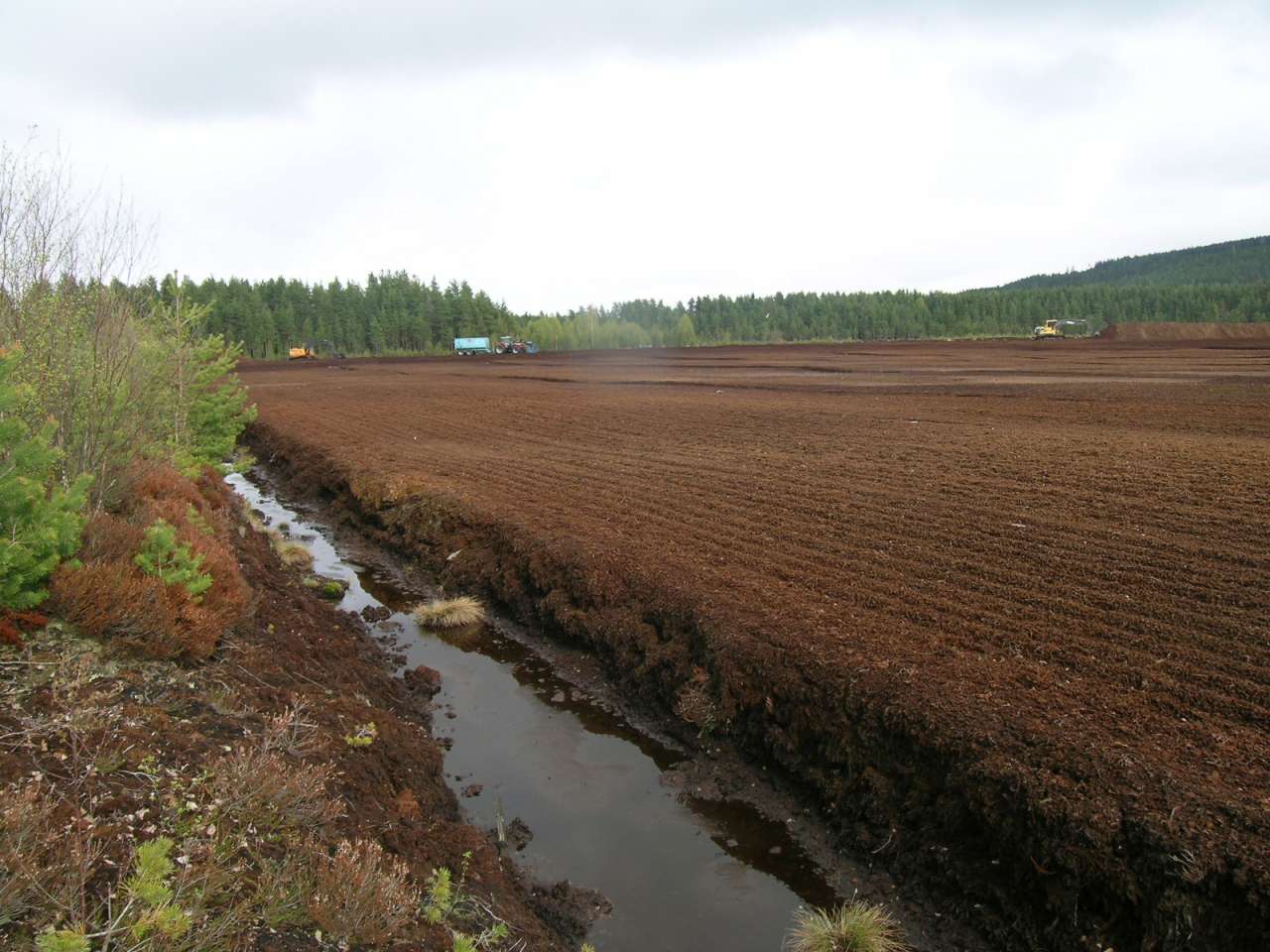Peat use should be reduced, not phased out completely

Photo: Reidun Aspmo.
To date there are no products capable of fully replacing peat in soil mixtures. To phase out peat completely would diminish the quality of soil mixtures, which are vital to the gardening industry and private gardens.
Peat and peat-based products have a variety of different uses. For several of these uses there are already good alternatives to peat. But in one area— the cultivation of ornamental plants and other potted plants in greenhouses—there are still no good alternatives.
Peat is a nutrient-poor product with several properties that increase soil quality. It is porous and therefore has a unique ability to store large amounts of water and air. It is also lightweight, has a low pH and does not contain heavy metals. These properties make it possible to optimise the soil with mineral fertiliser and liming materials according to the plants’ needs.
However, the harvesting of peat from bogs leads to increased greenhouse gas emissions, as well as disturbing an important habitat for a variety of plant and animal species. Several authorities therefore wish to reduce or phase out the use of peat in soil mixtures.
At the request of the Norwegian Environment Agency, NIBIO has evaluated products with the potential to replace peat. The conclusion is that there are currently no alternative products that would ensure that soil mixtures retain the same quality, at least not without harming the environment.
“All the other products we evaluated require more frequent watering than those currently in use. Several alternative products are in development, but all have their downsides. There is still a long way to go before gardeners can stop using peat and still expect to produce the same quality of plants,” says Eva Brod, one of the researchers behind the study.
“Our recommendation is therefore to aim to reduce the harvesting and use of peat, rather than to phase it out completely. In order to optimise the nutrients in compost and other organic waste, it is necessary to include peat in the mixture to ensure high soil quality and plant growth.”
Contacts

Contacts

